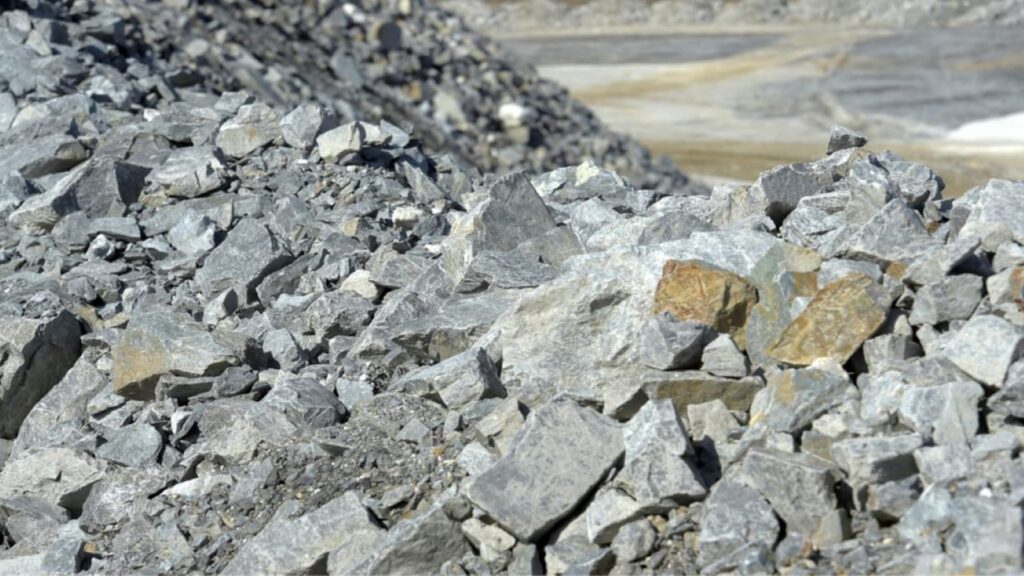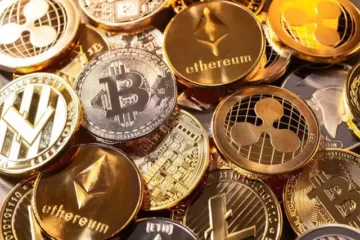Since a 5.9 million-tonne lithium reserve was found in Jammu and Kashmir’s Reasi District, India’s reliance on importing EV batteries, laptops, cell phones, and other electronic devices would go down by a lot. The reserve can help meet the growing need for lithium in India’s EV industry. The Australian Trade and Investment Commission, the Australian government’s agency for promoting trade, investment, and education, says that since lithium-ion batteries went on the market in the 1990s, major technological advances have put lithium at the top. It is the reason why smartphones, tablets, and other smart devices have changed so much.
Lithium is a light metal that is alkaline and very reactive. Most of the time, it is used to make ceramics, glass, greases, medicines, air conditioners, and aluminium, among other things. Because it can store the most energy per kilogramme, it is a great choice for companies like Tesla that make electric cars because it can store a lot of energy and is very light.
According to a report released on February 9 by the Indian Ministry of Mines, the Geological Survey of India, which also evaluates India’s mineral resources, found 5.9 million tonnes of lithium resources in the Salal-Haimana area of Jammu and Kashmir’s Reasi district. This is a first for the country. At the 62nd Central Geological Programming Board meeting that day, the Ministry of Mines gave the relevant state governments a report on this, along with 15 more geological reports that contained resources and 35 geological memoranda.
“Lithium reserves have been found for the first time, and they are in Jammu and Kashmir,” Mines Secretary Vivek Bharadwaj told the news agency PTI.
The grey metal that is soft and shiny is very important in the modern world. It is used to make, among other things, the batteries that are needed for electric cars. So, the name “white gold” came about. If India had its own lithium reserves, it wouldn’t have to import as much to meet its needs as it does now. Bharadwaj said that India’s need for lithium is likely to go up because of the push for electric cars.
It is also hard to find reserves of lithium. Rishabh Jain, the senior programme director for the Council on Energy, Environment, and Water, told the Wire that the world has 98 million tonnes of lithium. About 5.5% of these resources have been found in India so far.
Even though the lithium deposit in Jammu and Kashmir may have a lot of lithium in it, it is not yet as big as the best lithium reserves in the world. The Mint says that Australia has 6.3 million tonnes, Bolivia has 21 million tonnes, and Argentina has 17 million tonnes. But 4.5 million tonnes of the light metal come from China. In 2020, China will have 7.9% of the world’s lithium reserves, making it the third-largest source of lithium in the world.
The three South American countries of Bolivia, Chile, and Argentina are called the “Lithium Triangle” because they have a lot of lithium.
A committee based in the US says that China spent $16 billion on mining operations abroad between 2018 and 2020 to look for lithium. It also put money into the area of South America known as the “lithium triangle.”
Also, China makes more electric cars than any other country in the world. According to a study by the Centre for Strategic and International Studies, this is mostly because of its early investments in Australia’s main mining output activities.
Beijing has 55% of the chemical lithium that is needed to make electric vehicles run on batteries. It is also getting stronger in the lithium triangle right now. Ganfeng Lithium is the main owner of the Cauchari-Olaroz facility in Argentina, which is thought to be one of the best lithium mines in the world.
It is also one of the largest suppliers of EV batteries to India. Given how tense things are between India and the dragon over land disputes, this is a cause for concern.
India needs to own more of these lithium sources and strengthen its position in foreign lithium mines if it wants to stop getting EV batteries from China and become self-sufficient in making electric vehicles (EVs).
A few grammes of lithium, which is about the same as half a teaspoon of sugar, are in EV batteries. A possible requirement for an EV is 5,000 battery cells and 10 kg of lithium. Money Control says that one tonne of lithium is enough to meet the needs of 90 electric cars.
The cells in these lithium-ion batteries are all different. About 60,000 tonnes of lithium carbonate equivalent are needed to power one million electric cars.
In a recent tweet, Tesla’s owner, Elon Musk, said that 30 million electric cars must be made by 2027. To do this, 1.8 million tonnes of lithium carbonate equivalent would be needed. This would mean that the amount of lithium carbon produced would have to go up by 473 percent, or 1.8 million tonnes, from what it is now.
By 2030, Tesla wants to make at least 50 times as many batteries as it does now, or three terawatt hours. This would require investments of $7 billion (Rs 51,025 crore), but that amount is much lower when batteries and car production are taken into account.
Lithium-ion batteries that can be charged again and again are popular and made up 54% of the demand for the metal in 2019. They also have a higher energy density, last longer with less maintenance, and can be scaled up.
India has mostly bought the mineral from other countries, but now that a large reserve has been found, there is hope. This discovery is even more important because most of the global reserve is in places where there is a lot of water stress. India could be a replacement because getting the mineral out of the ground takes a lot of water and most of the reserves are in countries that don’t have enough water.
Lithium isn’t just used in EVs; it’s also used in medicine, in the electronics that run our phones, in solar panels, and in other clean energy technologies that are important for making the switch. The discovery could be the start of a new time for India and the whole world.

Bimal Mardi is a Professional Content Writer. He works in First Santal Broadcast Network TV/ News channel in India. Bimal Mardi writes about Technology, Education and Tech Product Reviews




